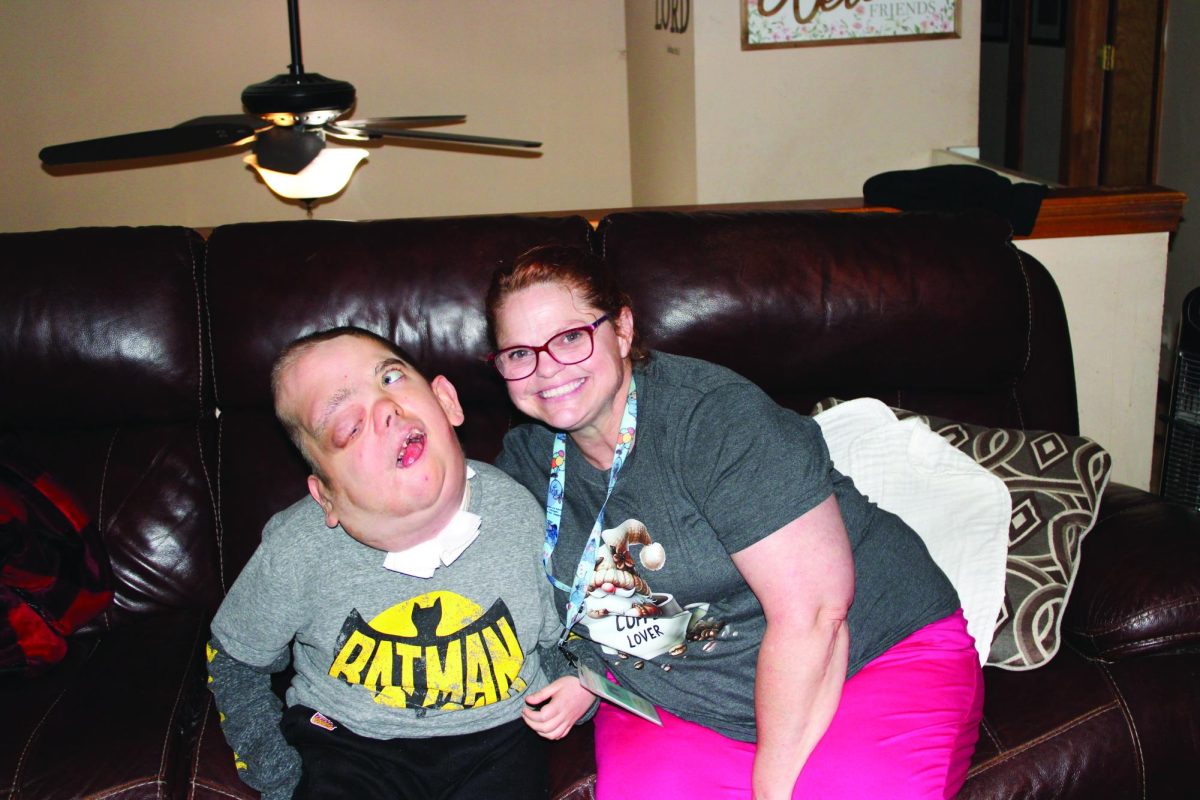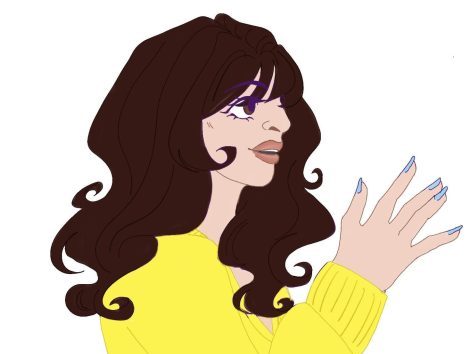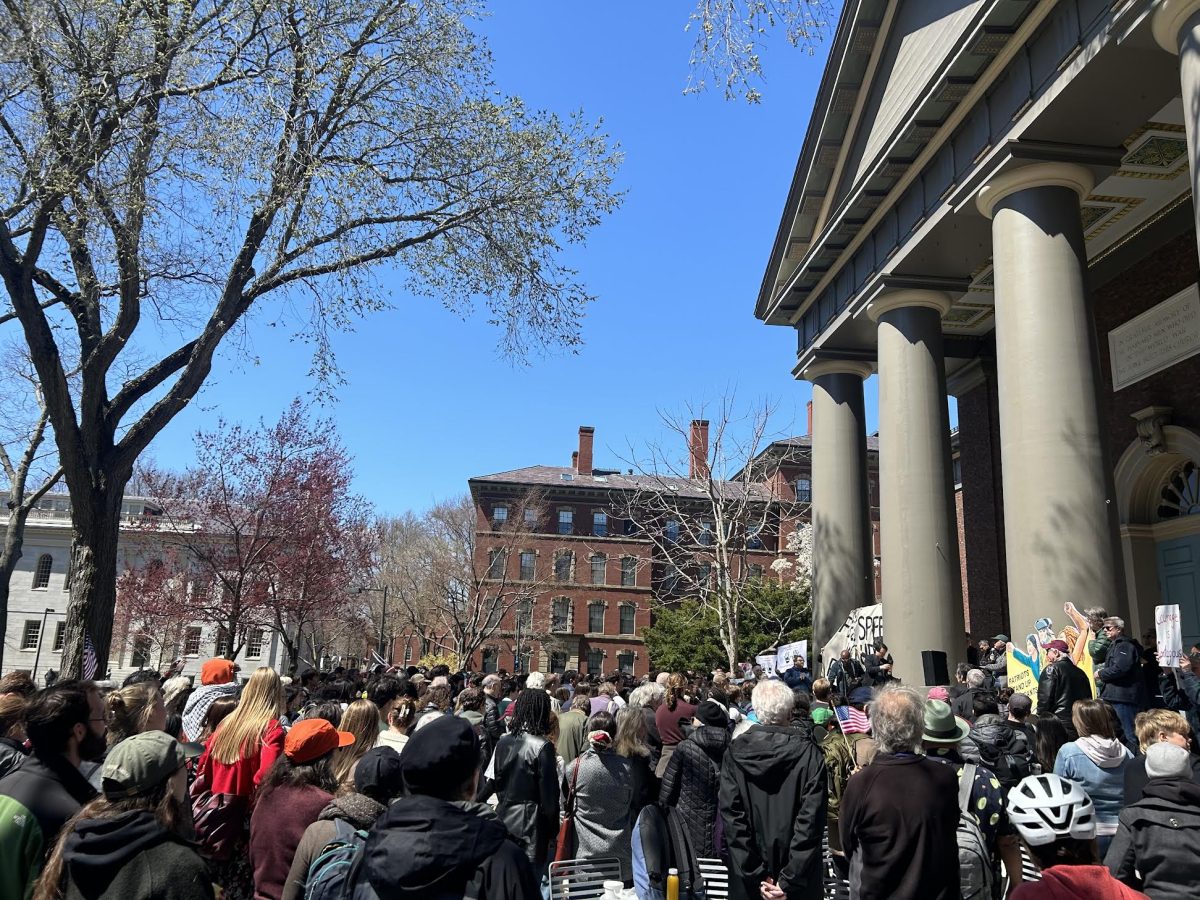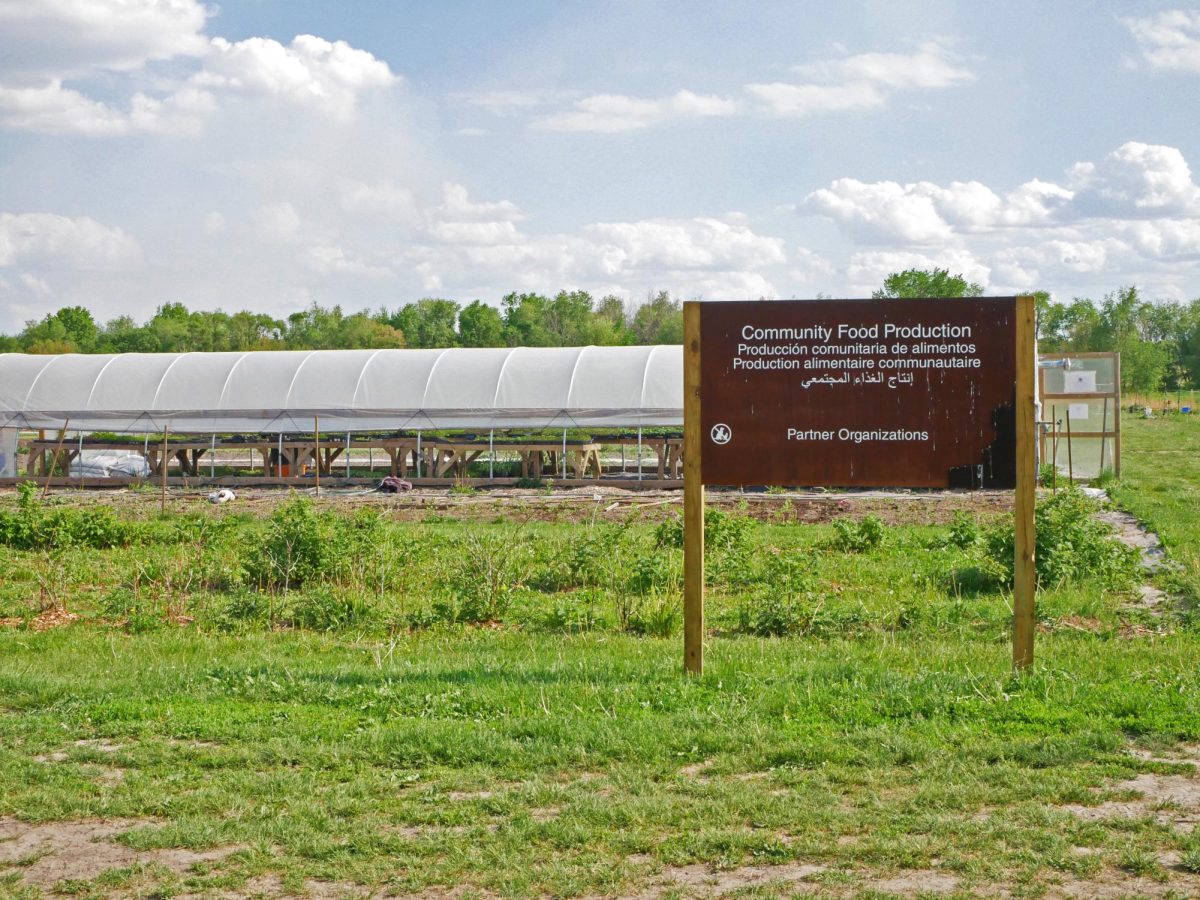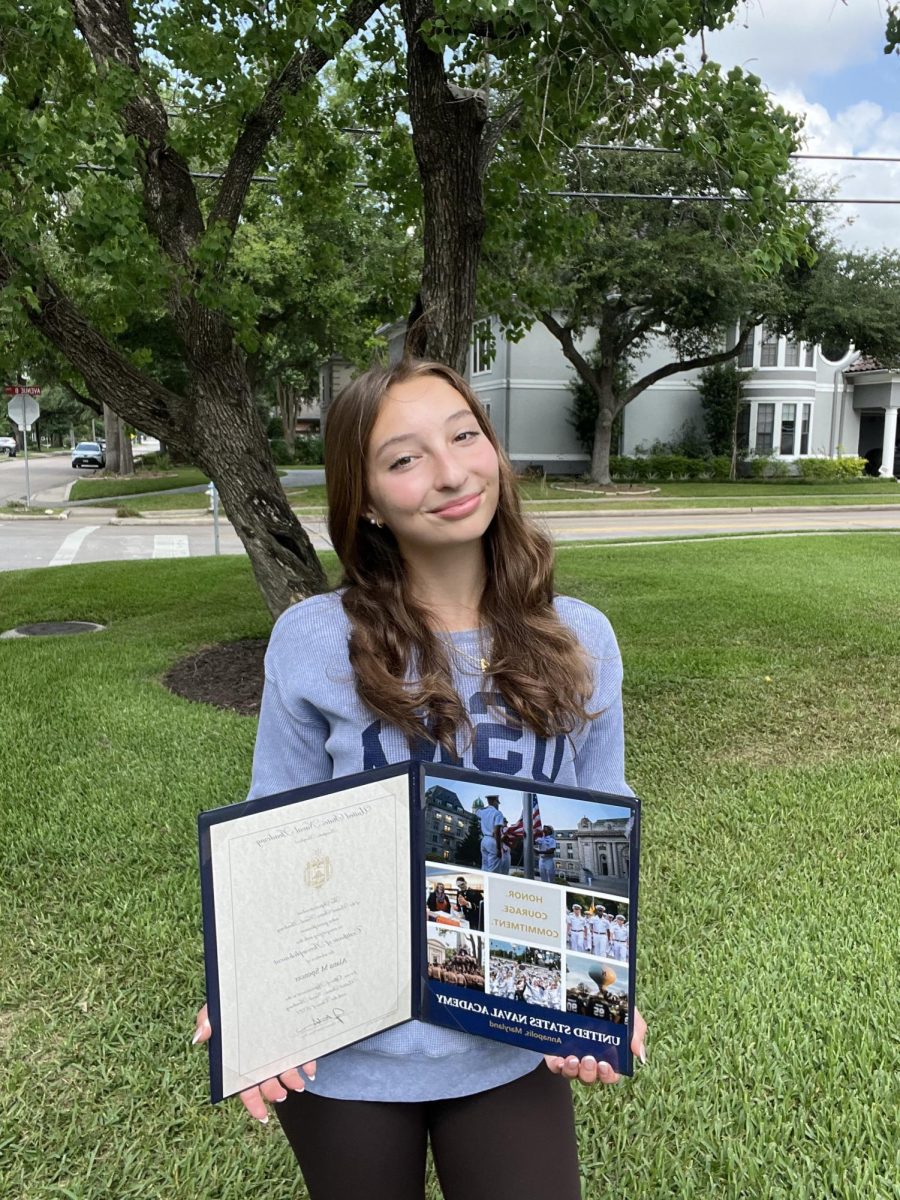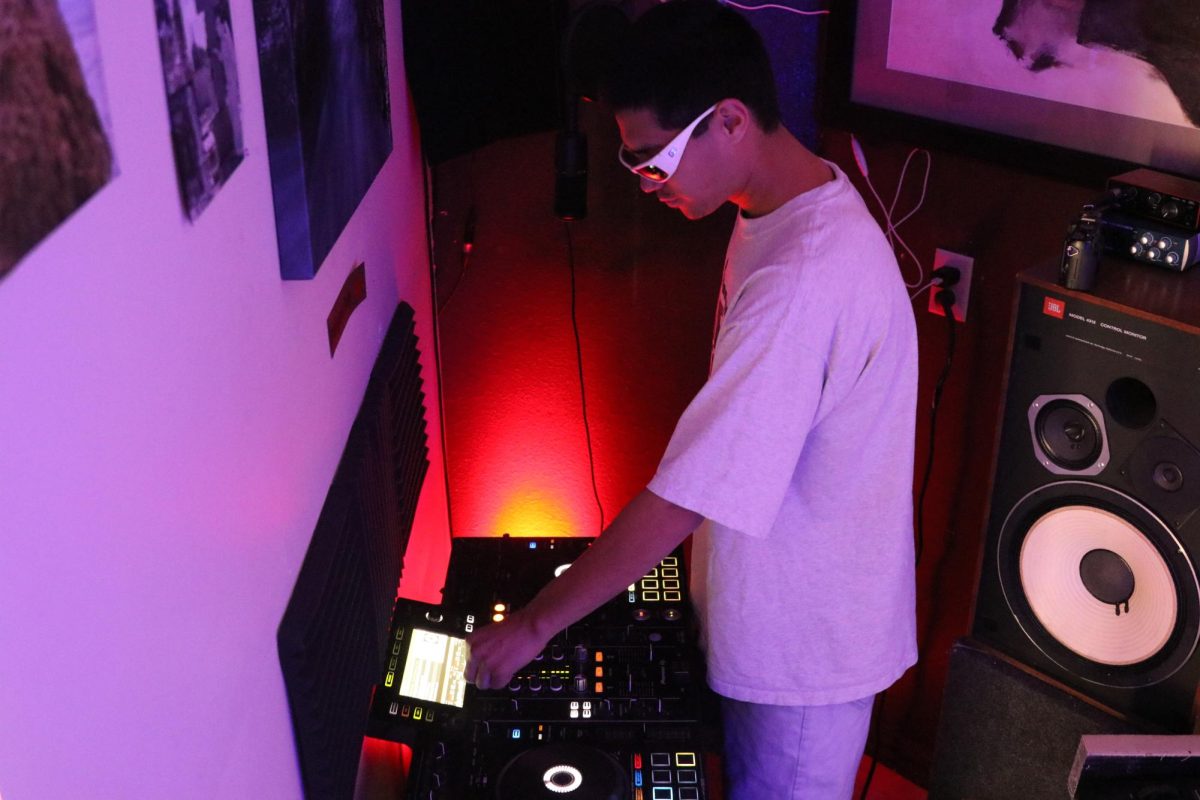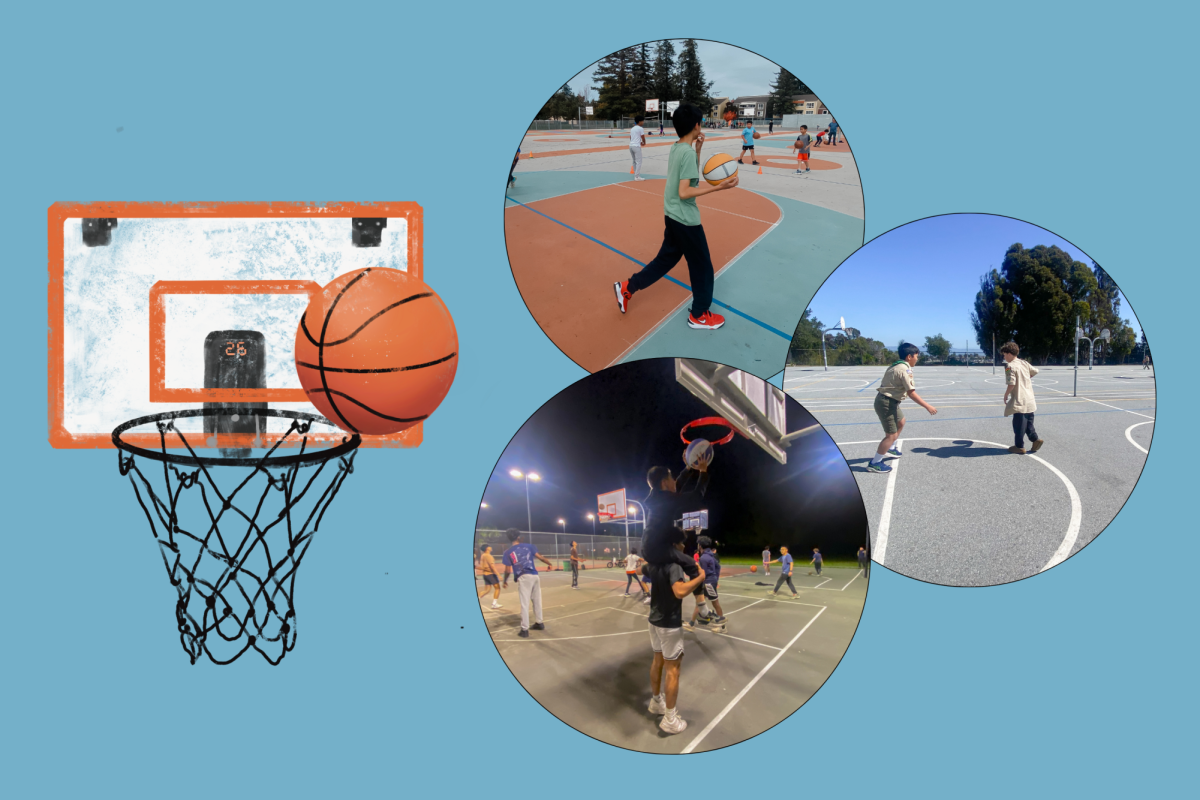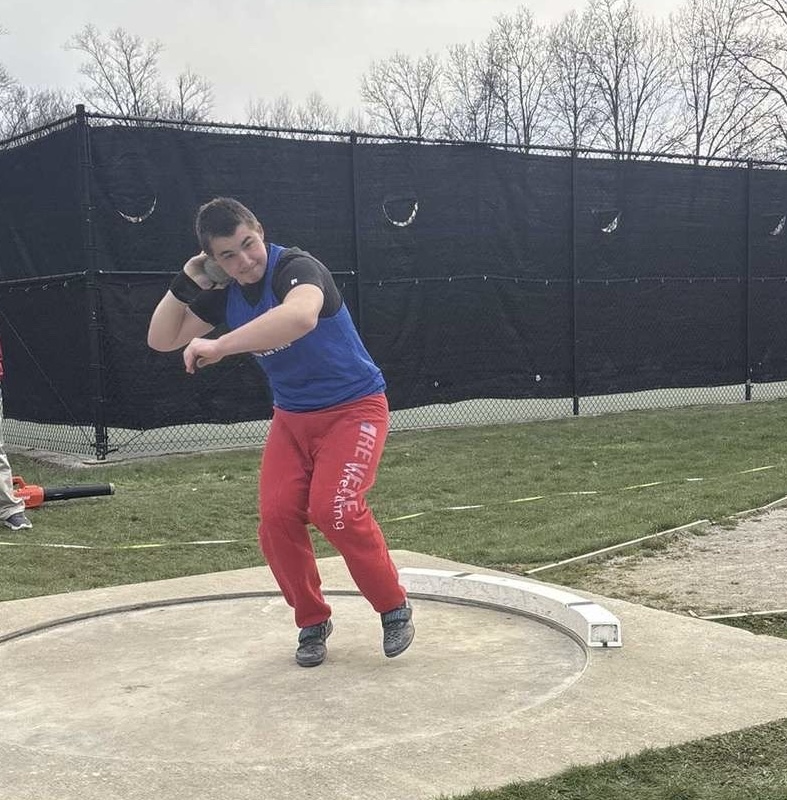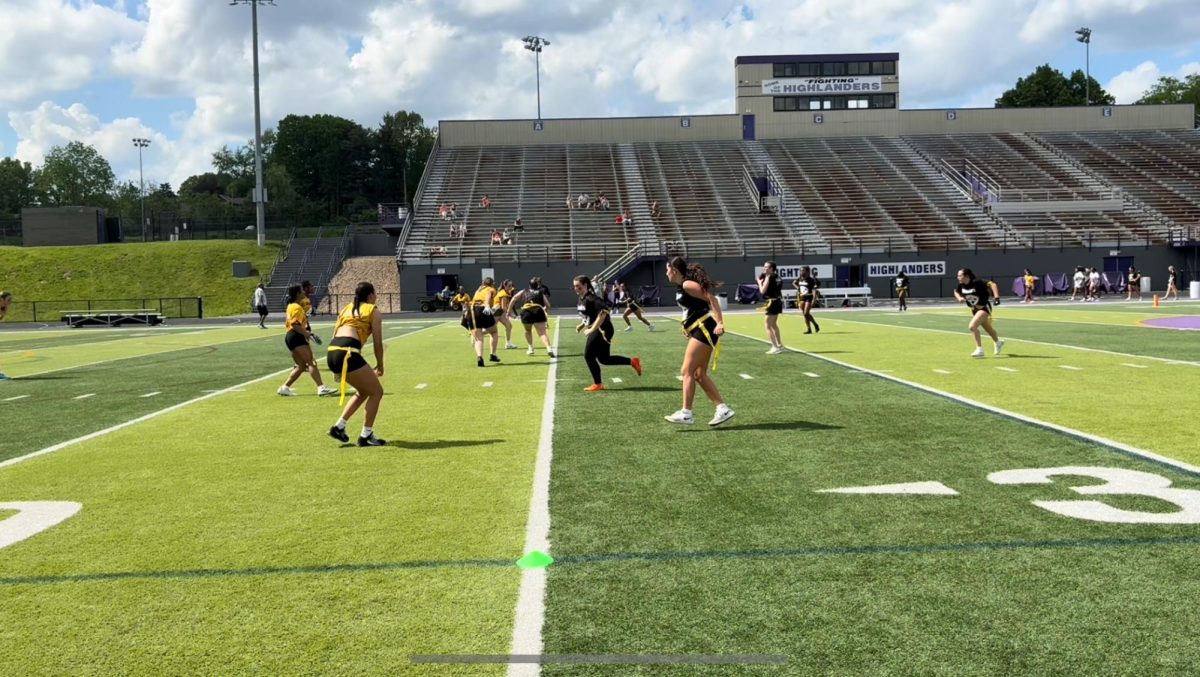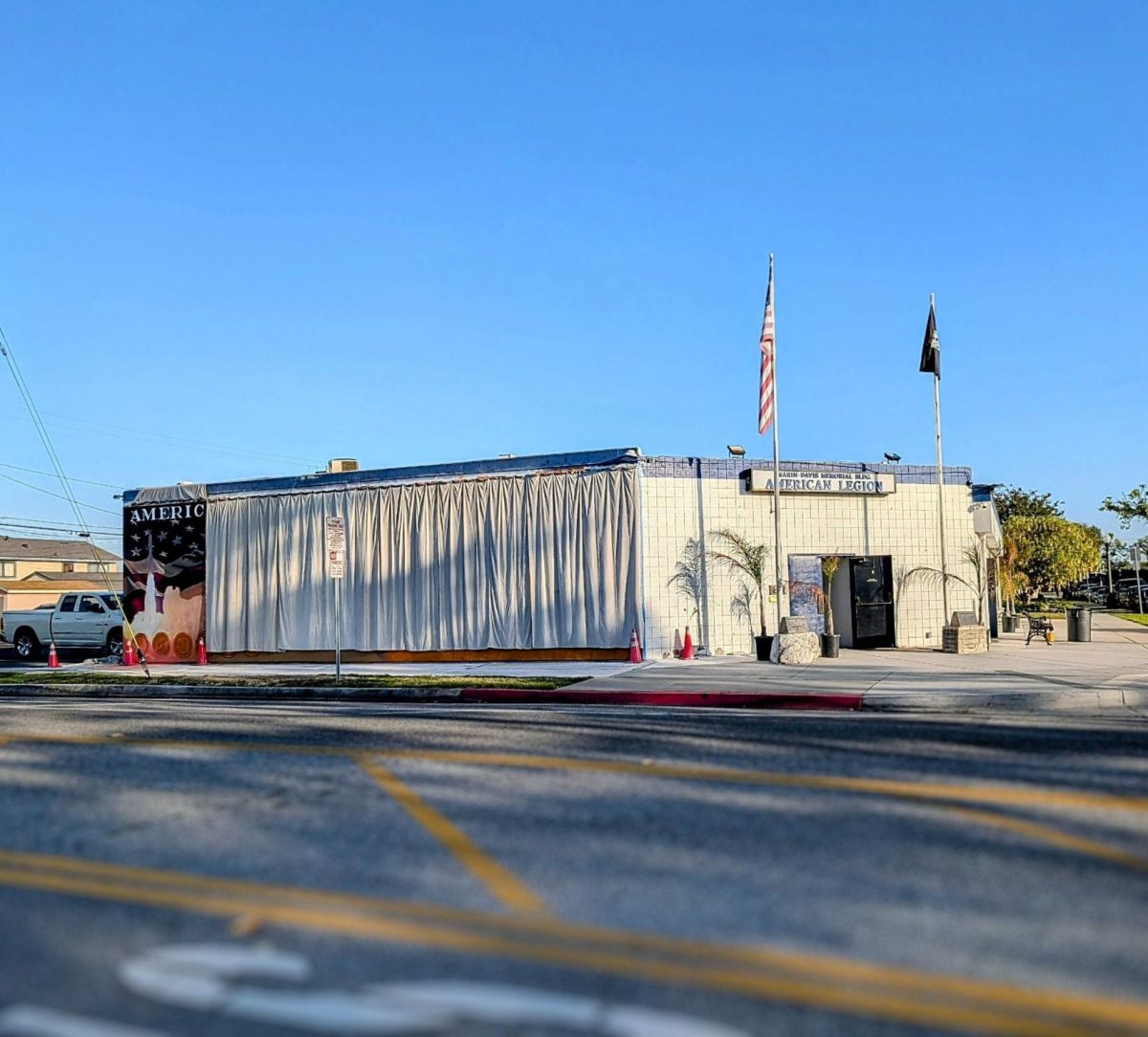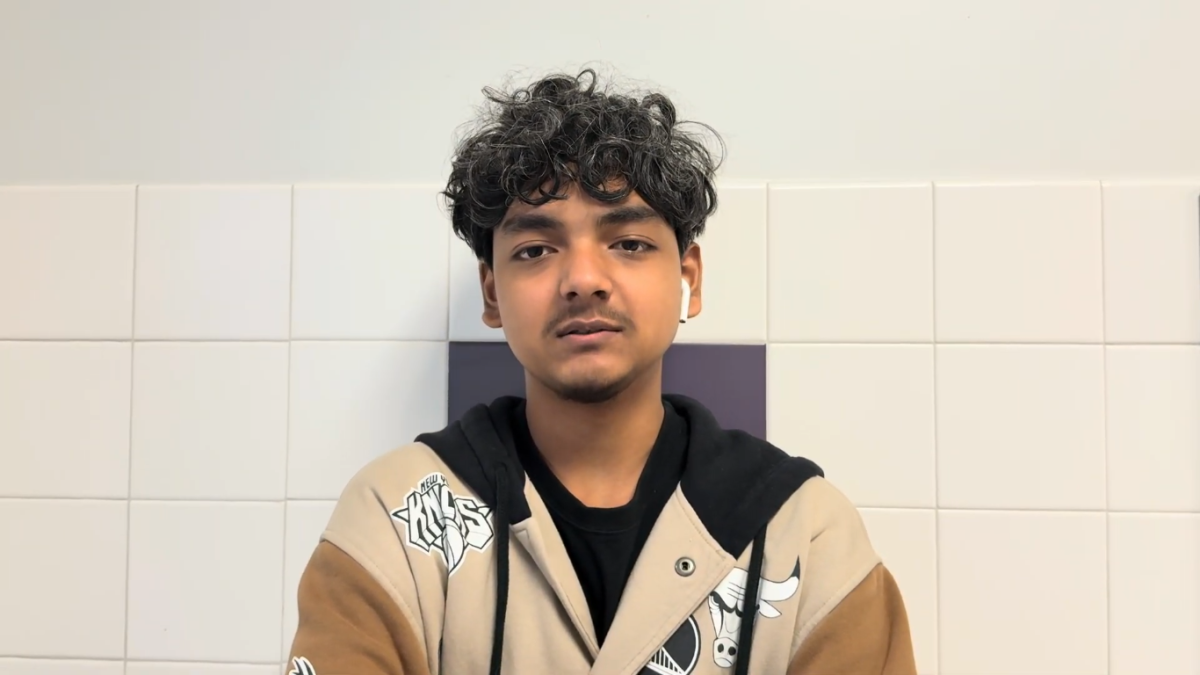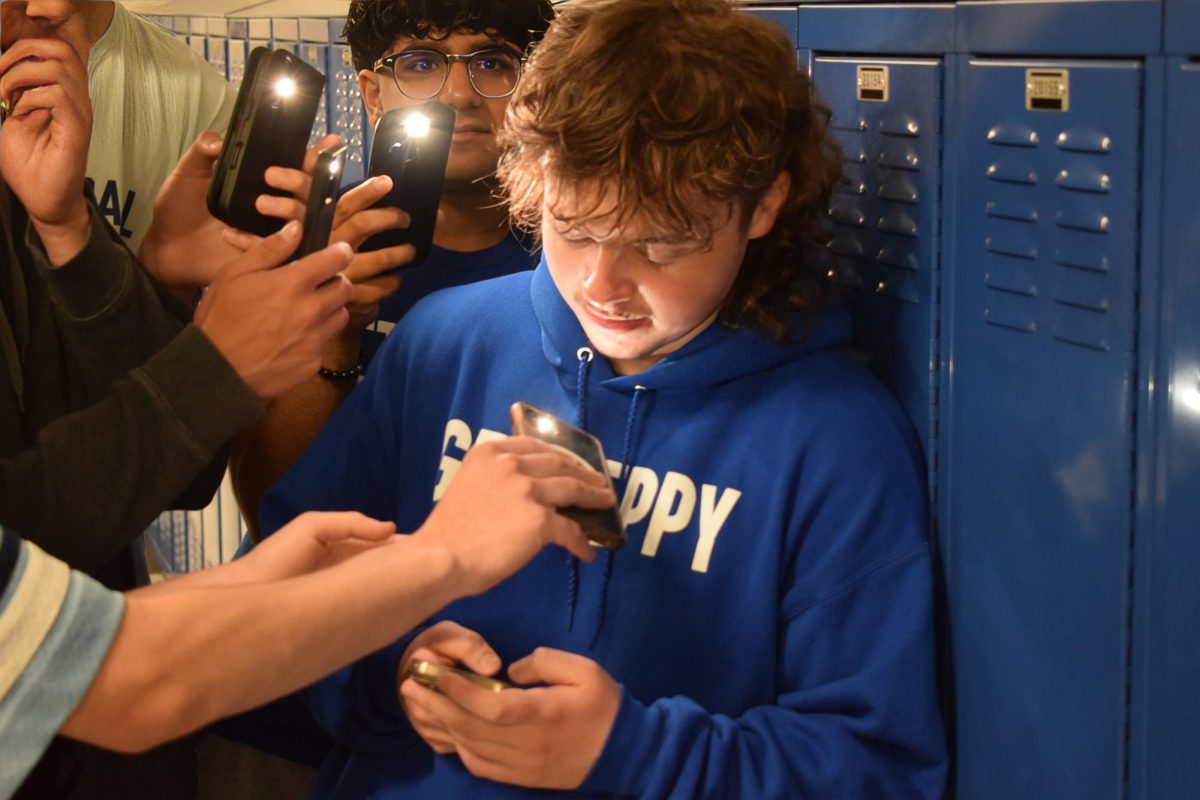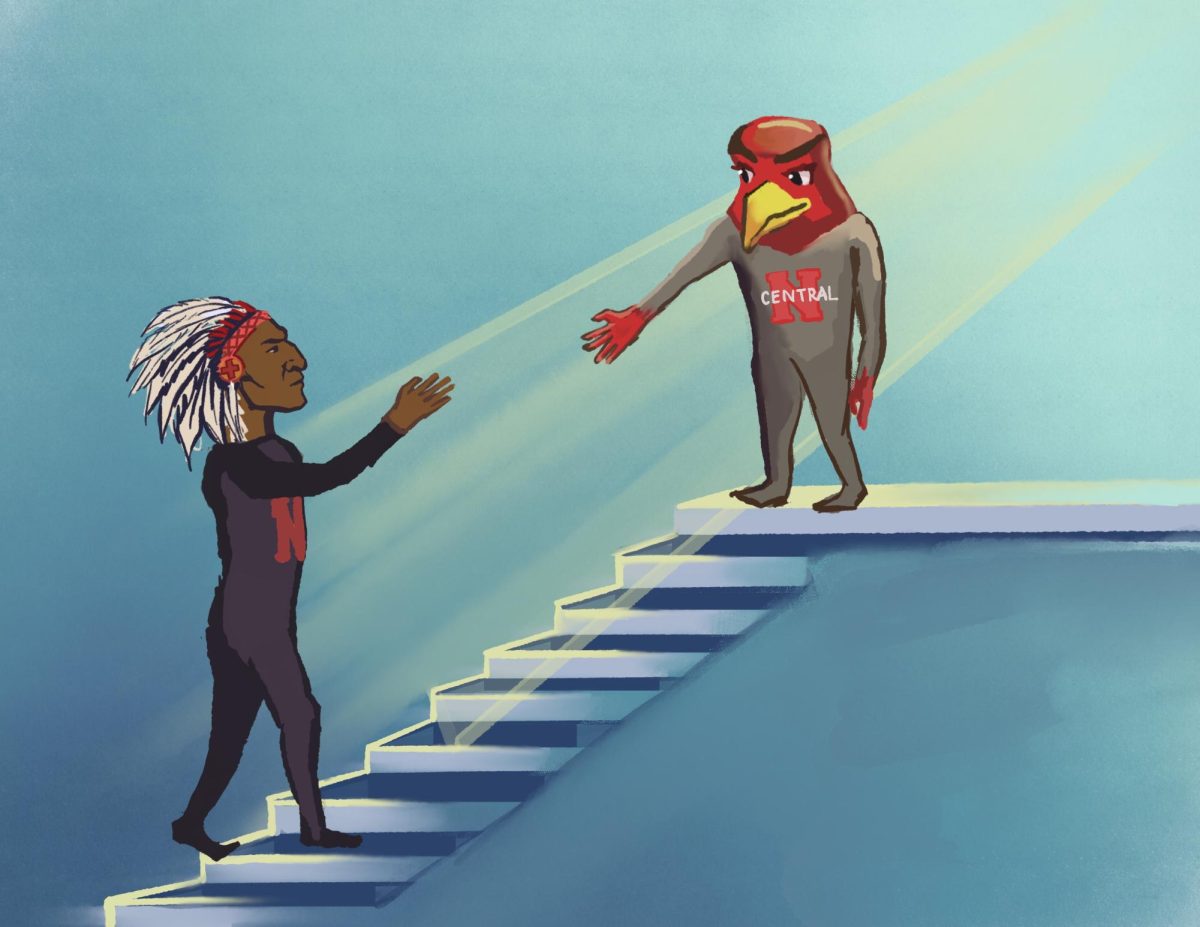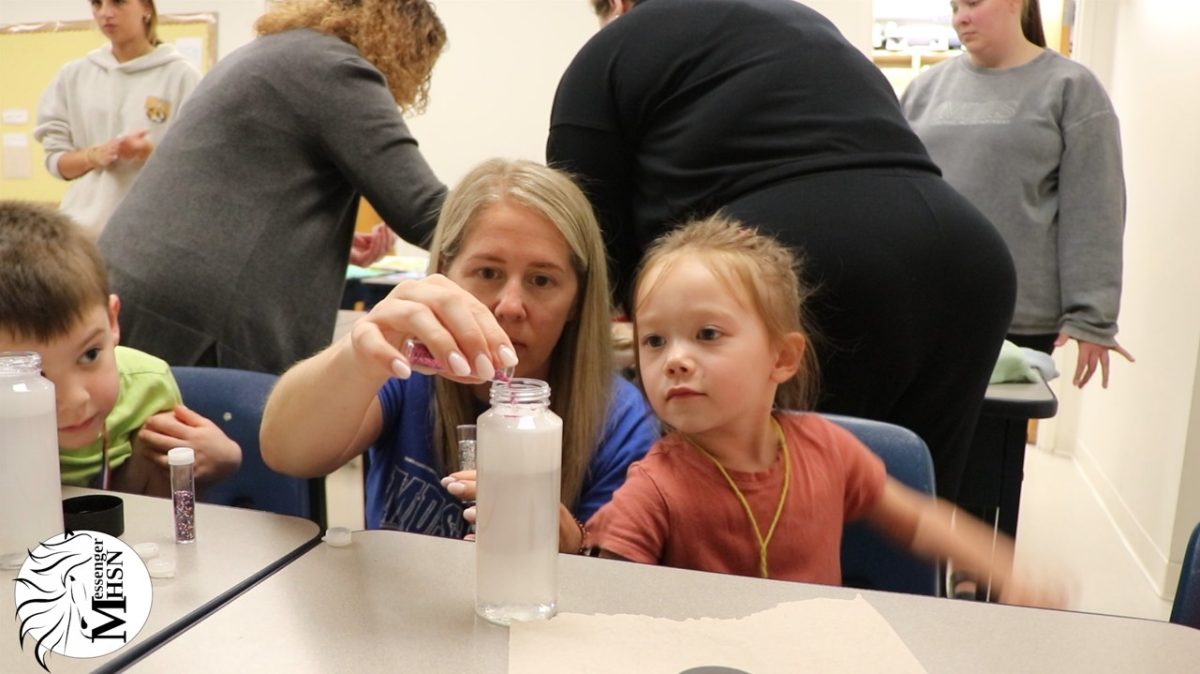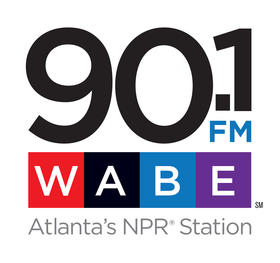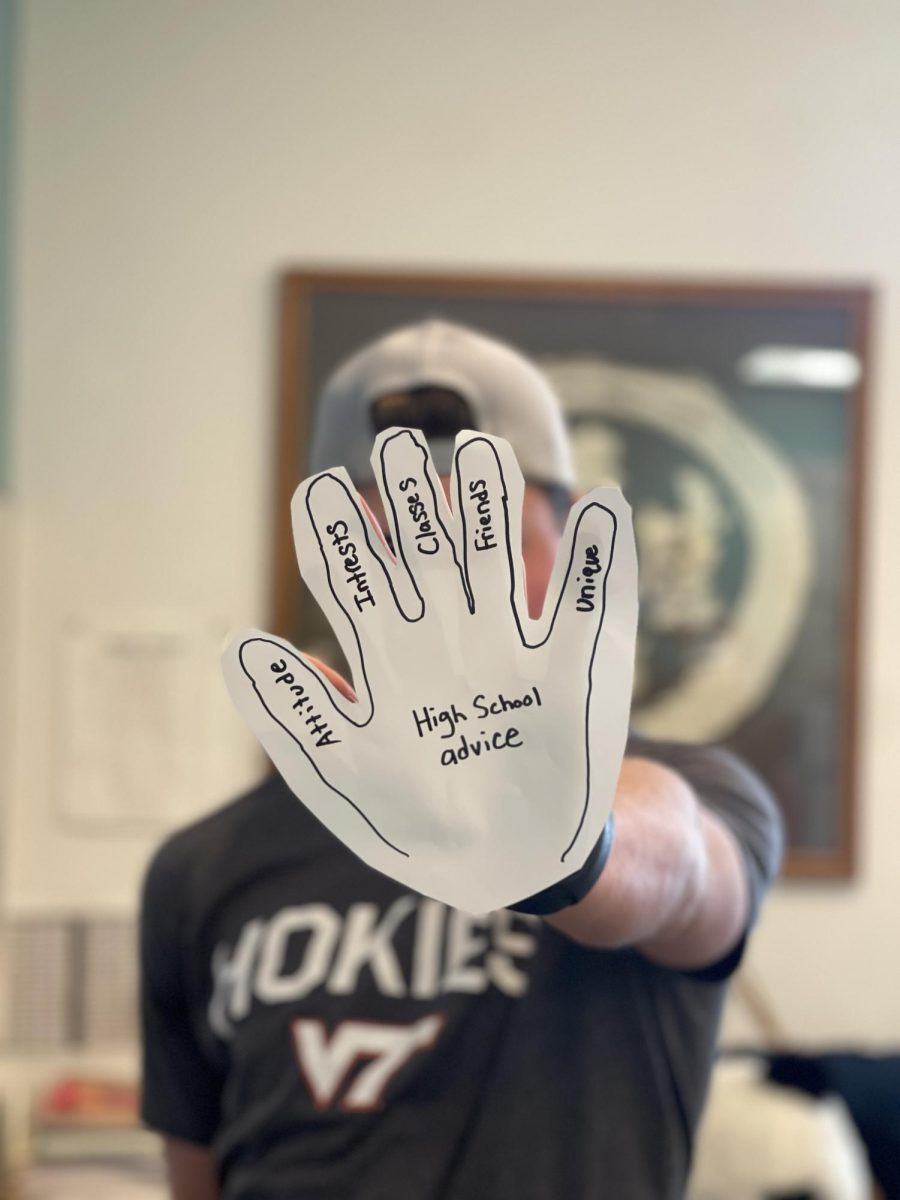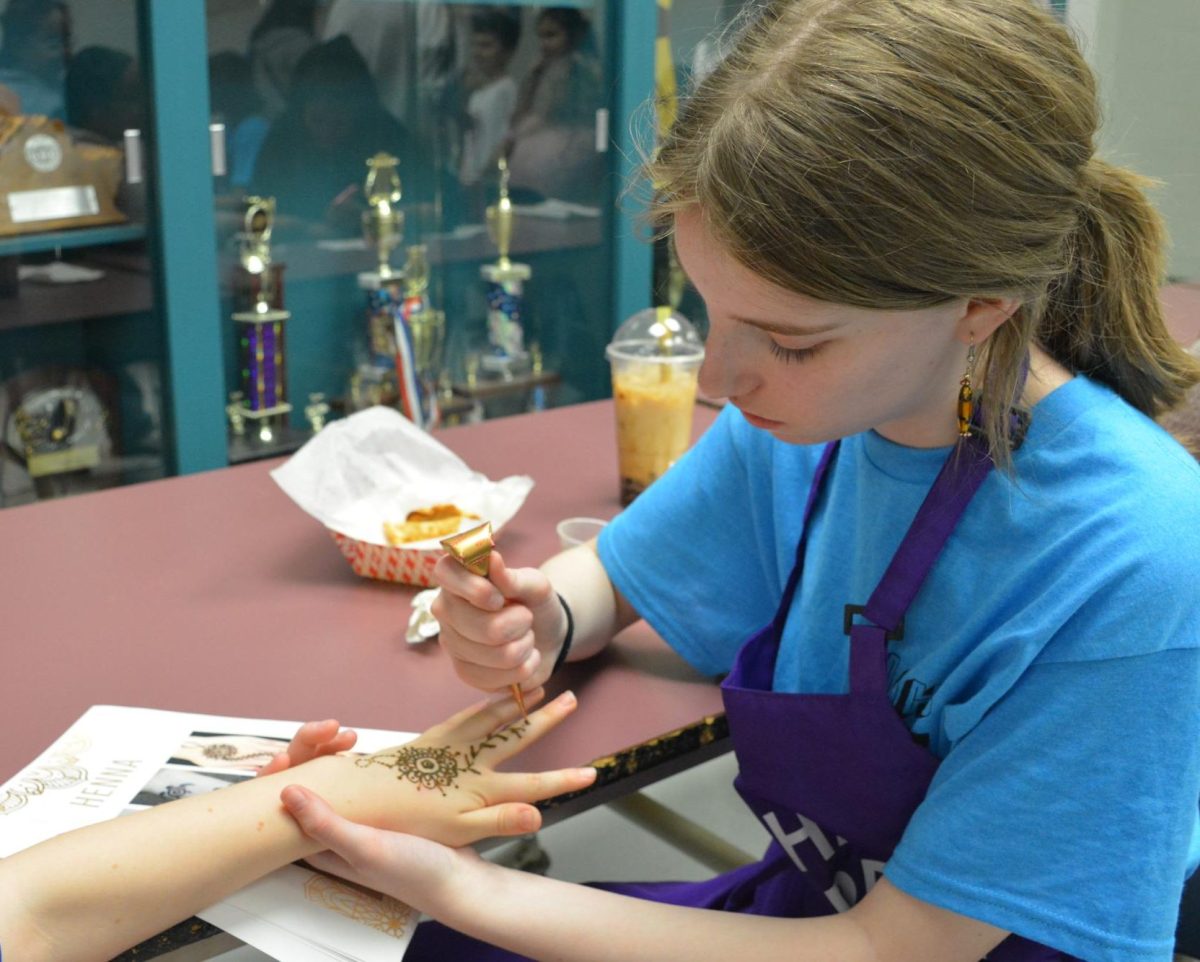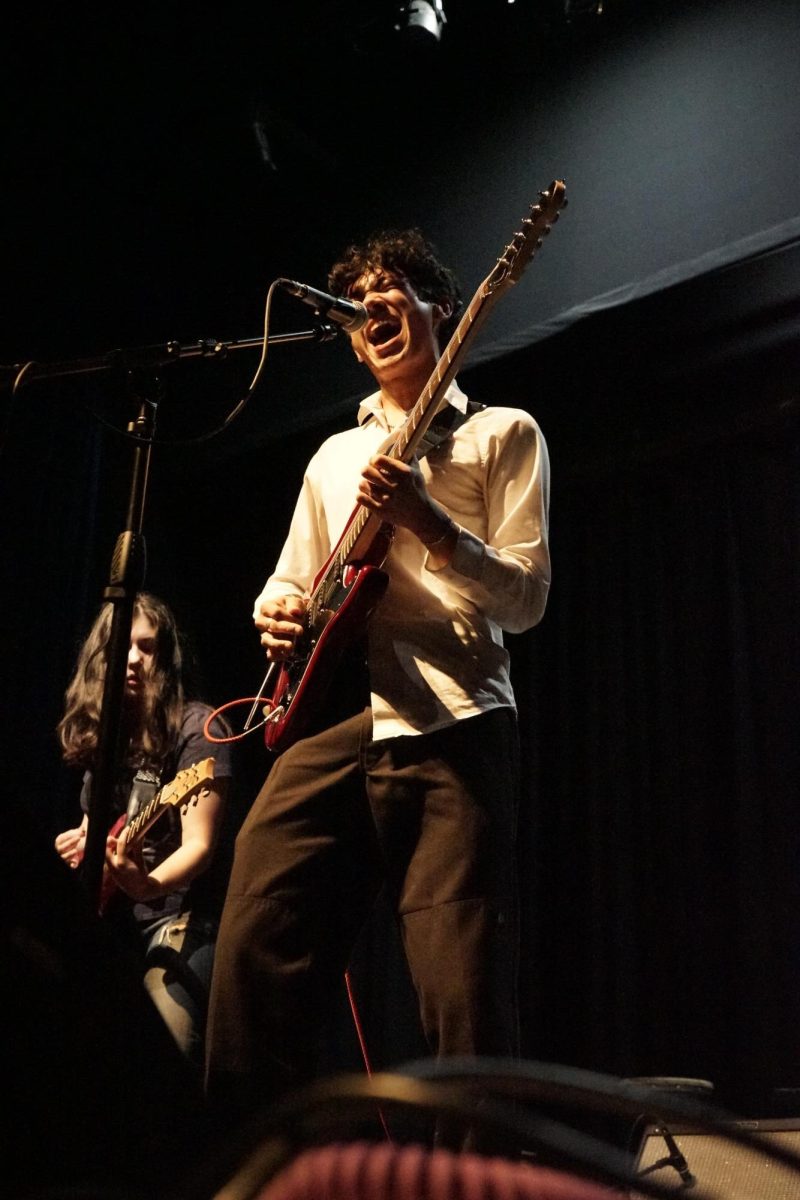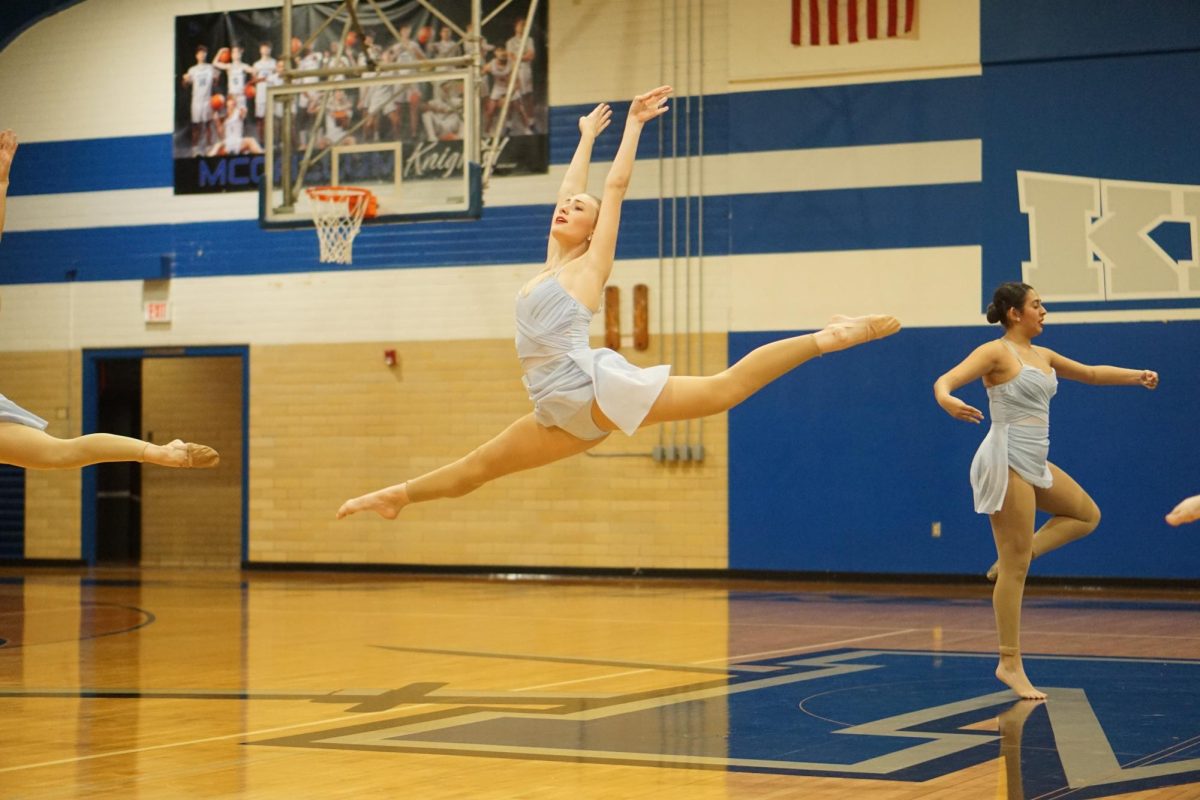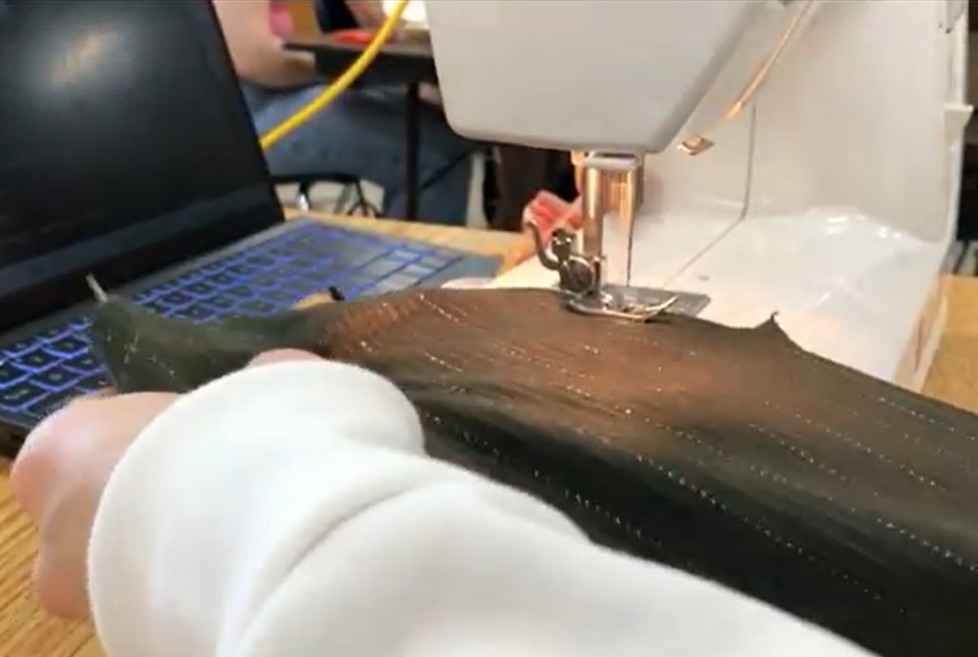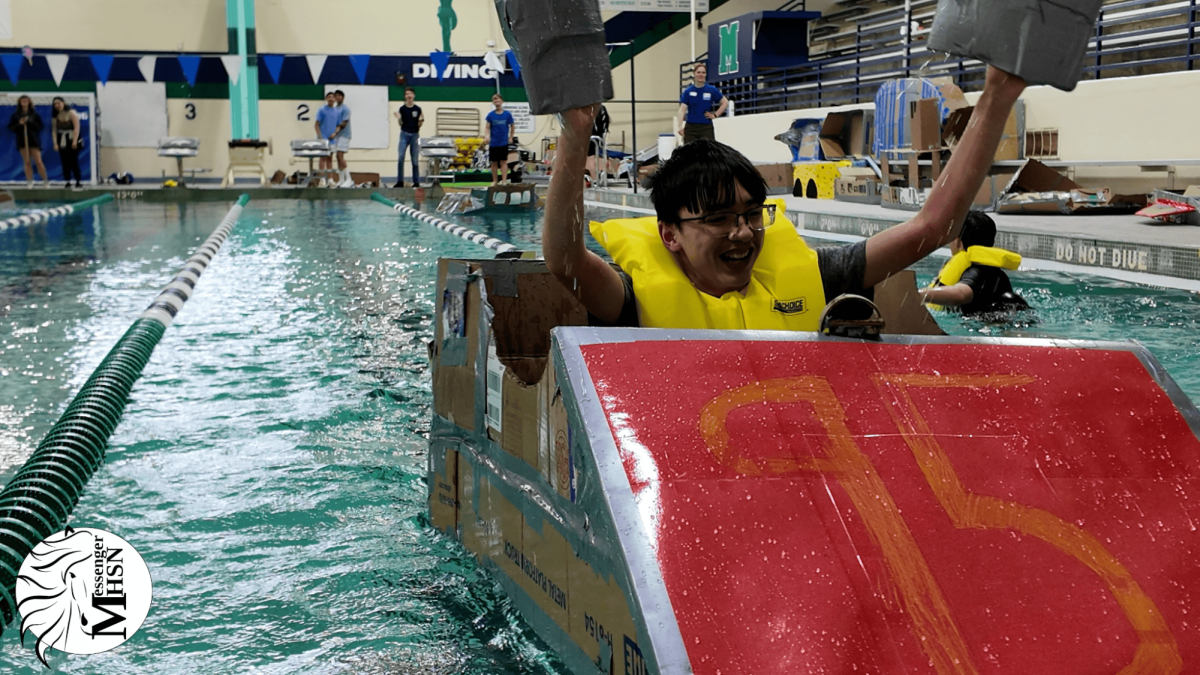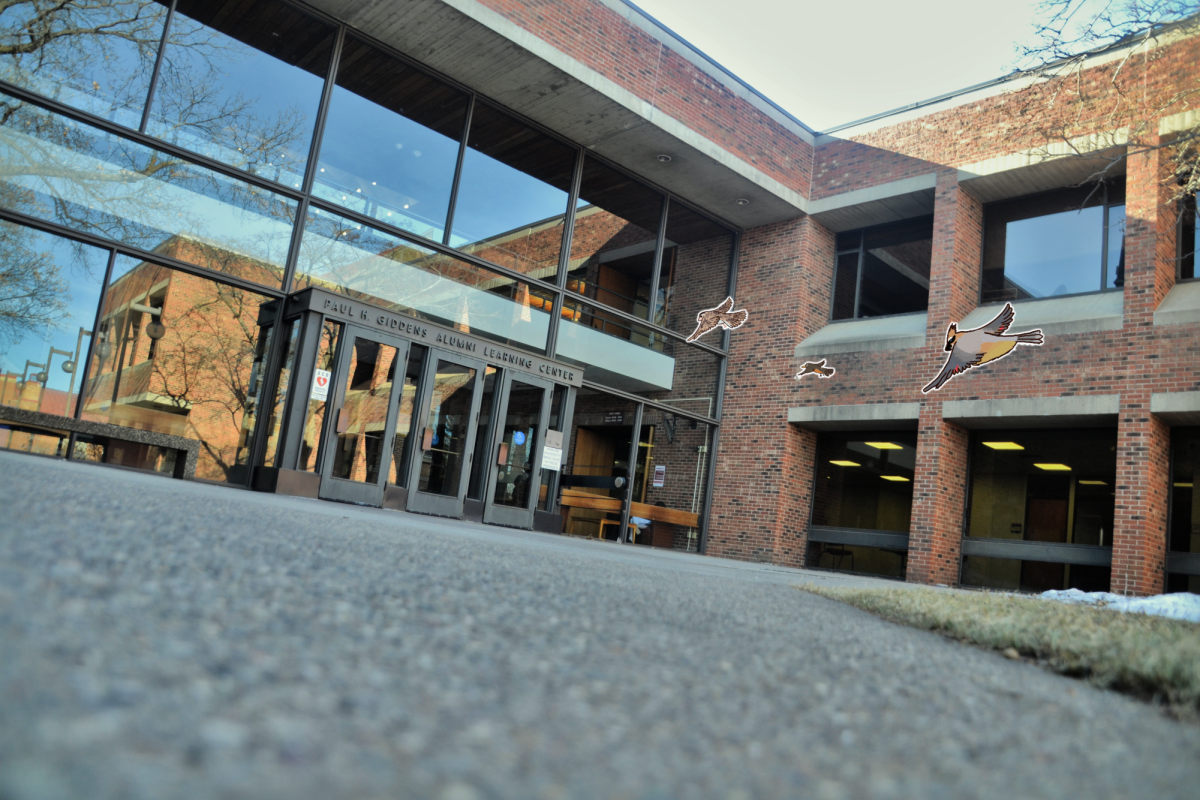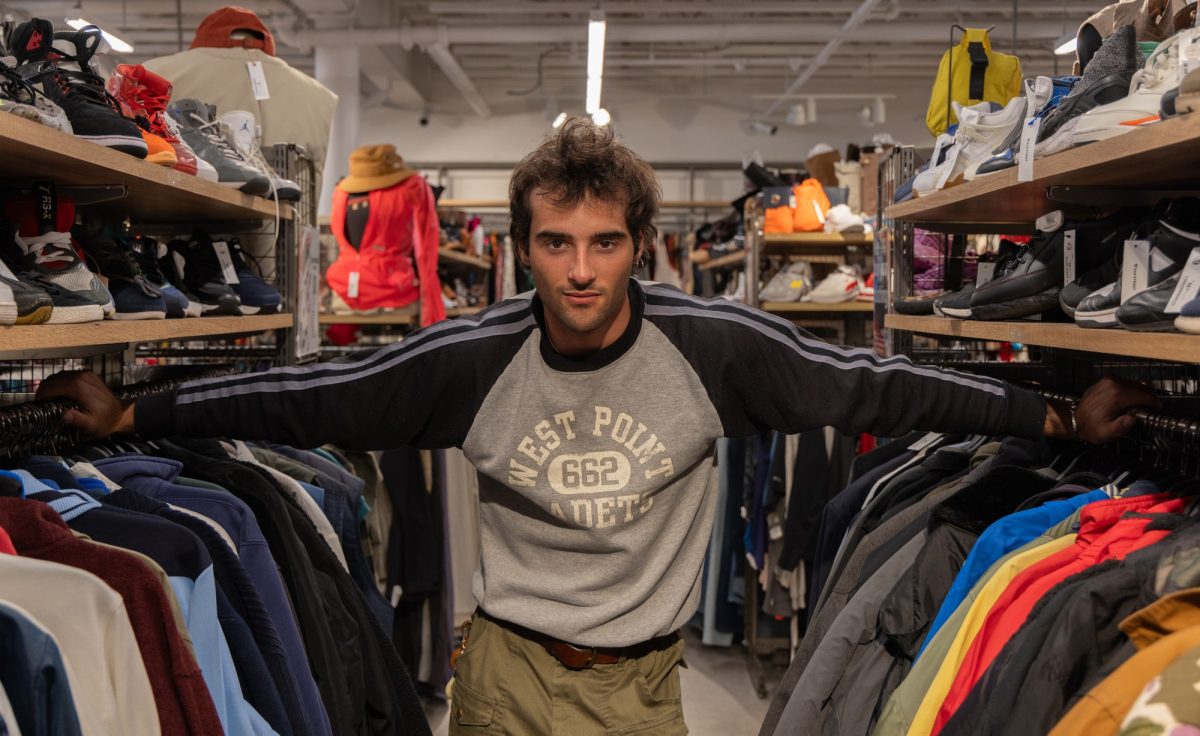The number of dead birds found on Hamline’s campus throughout the fall semester has been alarming to students, faculty and staff alike. What is causing so many to die on campus?
A 2024 study conducted by the American Bird Conservancy, Fordham University, NYC Bird Alliance and Stony Brook University found an estimated 1 billion birds die annually from building collisions in the United States alone. Birds often mistake glass reflections for more space to fly through, causing them to die on impact or shortly after. Dead birds on campus have largely been found surrounding buildings with large windows such as the Giddens Learning Center (GLC), Bush Memorial Library (BML) and West Hall. Collisions are especially common during the spring and fall due to bird migrations.
While this is not a new issue at Hamline, it has gained recent attention. Associate Professor of Education and Co-Program Director of Environmental and Climate Studies Patty Born said she noticed more dead birds on campus this year than previous.
“I’ve been here nine years, and there’s always bird strikes. I mean, it’s not unusual to see birds that have hit windows and die, but it does seem really to be a lot this year,” Born said.
However, Anthropology professor and Director of the Hamline University Center for Anthropological Services Brian Hoffman said that it has been on his radar for a long time, but his awareness of the issue heightened with his interest in birds.
“I think I’ve always noticed it. I think, you know, a couple of years ago, I started birding more seriously and I think that’s when I started paying attention to what kind of birds and just you know, that there were so many of them,” Hoffman said.
Light Pollution
Director of Facilities and Construction Management Rob Johnston said that he noticed a hawk on campus preying on smaller birds, citing headless pigeons as evidence. Johnston added that the hawk is cornering birds with buildings like GLC that have a concave of three walls.
“[The hawk] figured out that there’s three walls in those areas, so the birds can only fly, can escape one direction,” Johnston said.
Associate Professor of English and Communications Studies and Co-Program Director of Environmental and Climate Studies Paul Bogard explains that one thing that lures birds to campus and cities in general in the first place is artificial light.
“More than 400 species of birds migrate at night in North America, so they’re migrating at night, and the same light pollution that is causing us to lose the night sky – we can’t see the stars – is also, as I mentioned, drawing the birds into urban areas where they might not otherwise fly,” Bogard said.
Bogard added that young birds are particularly susceptible because they have never seen city lights before and that attracts them. He also mentioned that artificial light can directly cause birds to die as well.
“Sometimes the birds will circle the lights until they’re exhausted or they’ll fly into the lights and be killed that way,” he said, “But typically, the window deaths here at Hamline and elsewhere happen early in the morning when the birds start to become active and start flying around looking for food.”
Creating an Ecologically Safe Campus
Hamline’s campus fosters an environment where wildlife can thrive, with an abundance of plants like trees and serviceberry bushes.
“On a nice day, you walk out on our campus, you see all those birds and hear all that singing, to me, that’s refreshing. We’re not like downtown where you hear a lot of noises and stuff, and it actually shows that we’ve created an environment to bring those birds in,” Johnston said.
Hamline Undergraduate Student Congress (HUSC) sustainability representative and junior Cece Chmelik pointed out that despite their benefit, many of these plants are near large windows.
“It’s interesting that you would have a lot of plantings that would attract a ton of birds but then putting those plantings right next to windows,” Chmelik said.
It is unclear exactly how many birds have died or are dying in a given amount of time at Hamline. Born, who previously worked in bird rehabilitation, noted that bird deaths caused by building collisions tend to go underreported either because a bird might fly away and die shortly after or it is eaten by other animals. Sophomore Eren Rawn has been documenting dead birds they found around GLC, counting 17 of them from Nov. 17-21. Some species they found include Cedar Waxwings and Robins. In addition, Rawn was shocked to find a dead falcon.
“It was in the bush over there [outside GLC], and that was like, ‘I have to do something’ because like, it’s a falcon,” Rawn said.
However, many birds end up surviving collisions. In May, Hoffman found a stunned Clay-colored Sparrow on campus.
“It was not looking very good but my understanding is the best thing to do is to leave them alone ‘cause if they can recuperate under their own, that’s the best case scenario for them,” Hoffman said.
However, when he checked back on it half an hour later, the bird did not look any better.
“It was kind of laying on its side. Its eyes were half closed, its beak was open. It was a warm day and it was in the sun and I was worried that just being not able to get in the shade, and I’m thinking ‘well could I move it into the bushes or do something?’” he said.
The Importance of Rehabilitation
Hoffman decided to research online what to do. He ended up bringing the injured bird to the Wildlife Rehabilitation Center of Minnesota in Roseville, which provides free services and updates to those who bring animals in. Hoffman got an update a few weeks later saying the Clay-colored Sparrow made a full recovery and was released back into the wild. The center always releases animals where they were found.
“This bird was actually brought back to our campus, and it would continue on its journey, which I thought was a nice fitting end for that story. I like that it came back here,” Hoffman said.
Solutions to this issue include adding stickers to the outsides of windows to break up the reflection or using glass that is non-reflective. Another solution is simply to spread awareness.
“Most people don’t know that birds migrate at night and a lot of people don’t even know that birds migrate, so there’s an unawareness that birds can be impacted, migratory birds can be impacted, and the lack of awareness of how they’re impacted,” Bogard said, “So one thing we can do on campus is to figure out what are the best options for treating the glass and try to get that done.”
Faculty that work in Environmental and Climate Studies are making sure students, faculty and staff alike are all educated and aware of issues concerning birds by bringing it up in classes and events, such as the Hamline Night Festival.
“We did have a speaker [at the Night Festival] from the Audubon Society come and talk about birds and some of these issues to educate students, staff and other faculty about this issue,” Bogard said.
Prevention and Protection
What is happening on campus to prevent more birds from dying? So far, there have been some discussions in HUSC on what to do, but due to financial concern, nothing has been officially done.
“I think the real issue is figuring out whose responsibility it is and where that funding, if we were gonna have a solution like that, would come from because HUSC has a budget to do capital improvements, but we only have a couple thousand dollars in it for the entire year and we’ve already used half of that budget,” Chmelik said.
After some research, Chmelik found an old petition created by a Hamline graduate on the same issue and decided to make an updated petition, as well as a similar University of Minnesota petition. She also made a Google form to report bird deaths. Chmelik added that she believes HUSC can get something done if students show enough concern about the issue.
“HUSC could definitely write a resolution talking about how this is a concern for students and try to get somewhere else on the university to take on that responsibility,” she said.
Johnston and the facilities team have been taking matters into their own hands by keeping track of where birds are most frequently found dead and putting bird-shaped decals on windows, including in GLC to break up the reflection and glare. So far, Johnston said he has not found more dead birds in those areas.
“We’re in the beginning phase of coming up with a long-term solution because obviously we don’t have the money to buy windows right now that have the non-reflective surfaces. We’re gonna start and do what we can at this time and see how that works,” he said.
For the Love of Birds
Johnston emphasized that although non-reflective windows have been a sustained issue, he was not asked by anyone to do this. He chose to do this on his own.
“I did this because I’m a bird lover,” Johnston said.
As the weather becomes warmer, Rawn hopes the problem will be fixed before spring due to migration.
“There’s going to be more hits when they come back,” Rawn said.
For the light pollution problem, Hamline is coming up with a new lighting plan that Bogard hopes will reduce birds being attracted to campus during nocturnal migration.
As for why people should care, there are many reasons, the biggest being that something can be done. There are proven effective preventative measures that can be taken, as long as time is dedicated to them getting done.
“Every bird has such a big ecological importance because we are in a city. We aren’t in the middle of the woods,” Chmelik said.
When people care, a lot can be done to preserve the beauty of nature and to allow wildlife to thrive on campus, as there is a lot to admire about the outdoors.
“When I walk around with people, I ask them ‘What song is that? What bird is singing that song?’ and when they don’t know, I tell them. I look at the birds every time I step out of my office,” Johnston said.
Hoffman explains that although this is a relatively small issue, it affects not only the ecosystem, but humans as well. .
“I think we need to do the things that we can that are right in front of us, and that helps with everything, and maybe in tiny ways we can’t see. But if we take care of our birds, we’re in a way taking care of each other. In a way we’re taking care of people,” Hoffman said.
This story was originally published on The Oracle on February 6, 2025.

